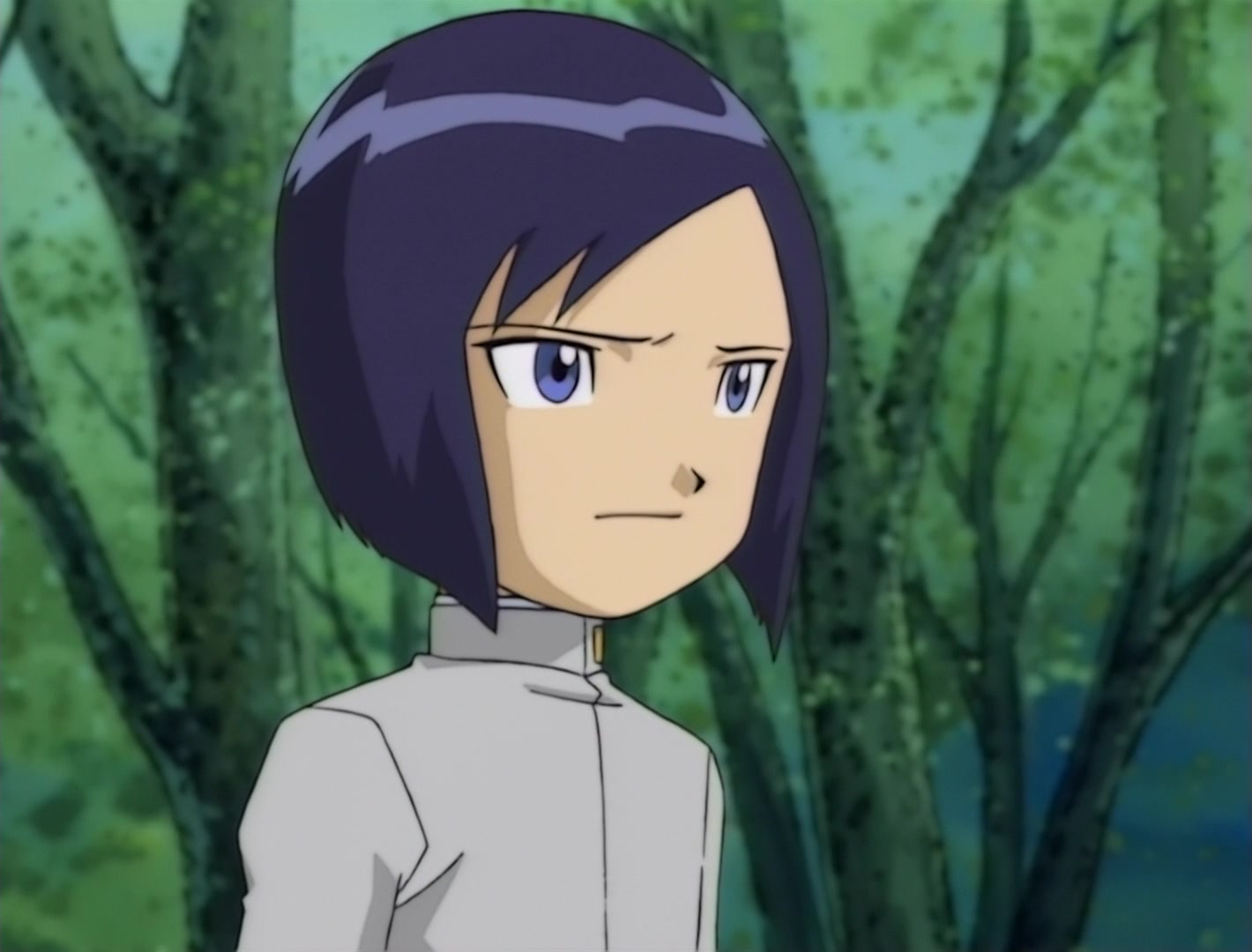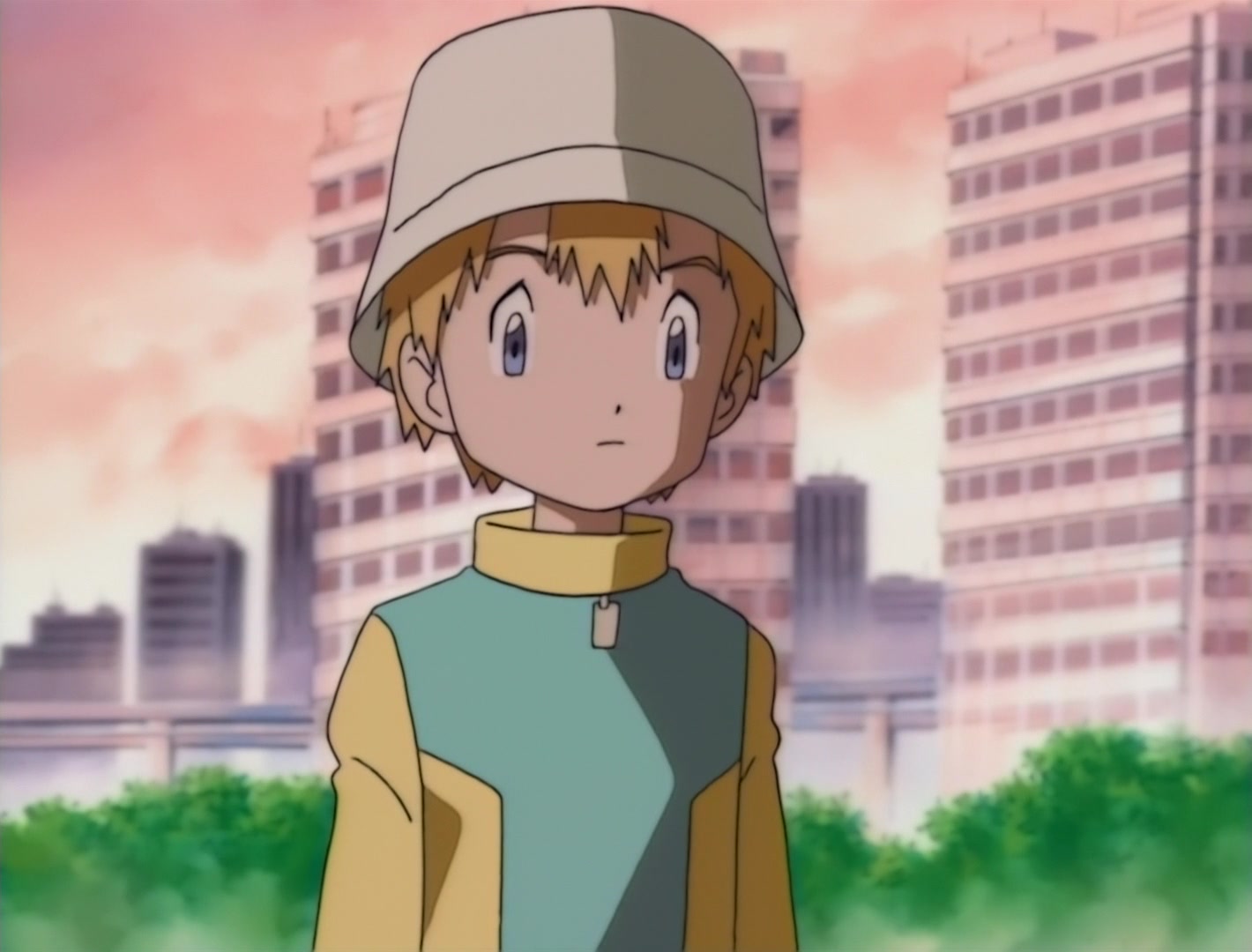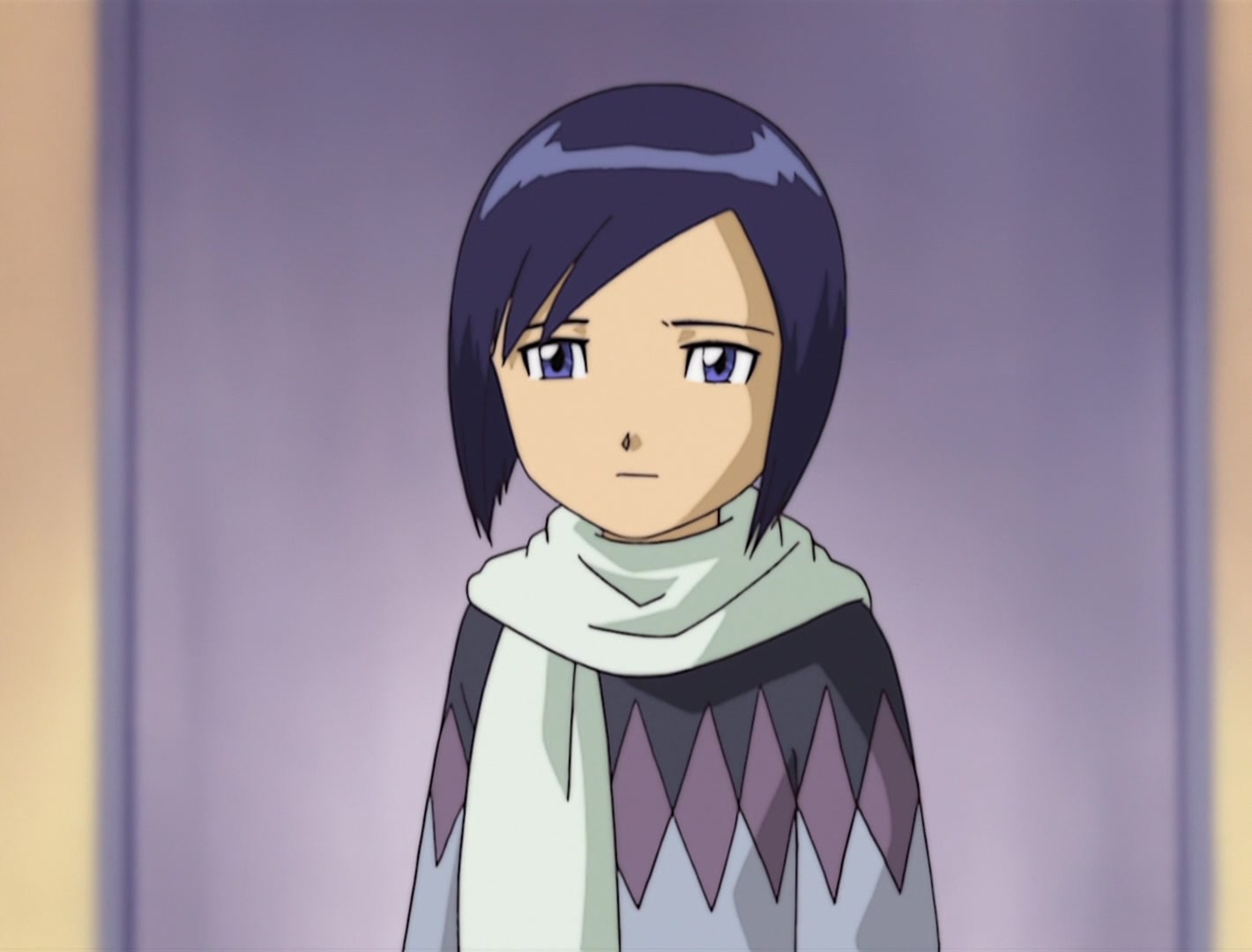Links, further reading, and more



Certificate of Ship Ownership
Courtesy of RobinBoob Ship Brokerage - FALLDOWN MODE is the Official owner of takeken!

Further Essays by FALLDOWN MODE
Essays on fandom, doujinshi, and other topics
Links
Webrings
We are part of these webrings! Check them out!





